This post is about how to use innovation to deal with the daunting impacts of the current pandemic crisis we are experiencing.
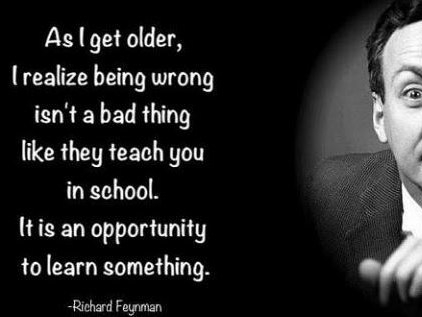
Feynman quote
First off, don’t be afraid of the future. The future offers huge potential for new, better developments and you having a positive impact on where things will be going.
Humans typically innovate faster in crisis situations. When pushed into a corner, we usually quite good in find very useful solutions. It started with the ability of our ancestors to create fire and in June 2020 with a private company outpacing governments in putting humans safely into orbit … humans are explorers and we grow together in times of crisis to survive as a species …
Check out this amazing 1970’s Apple Ad on innovative misfits, trouble makers
… who are changing the world…
To get started here are a few thought provoking interesting managerial concepts on innovation.
Sir Paul Callaghan – New Zealand, where talent wants to live.
Here is a brief summary of Sir Paul’s thinking and how inspired Kiwi entrepreneurs. NZ’s R&D supporting organisation, Callaghan Innovation has been named after Sir Paul. Lots still remains to be implemented to achieve his clear vision for Aotearoa and all New Zealanders.
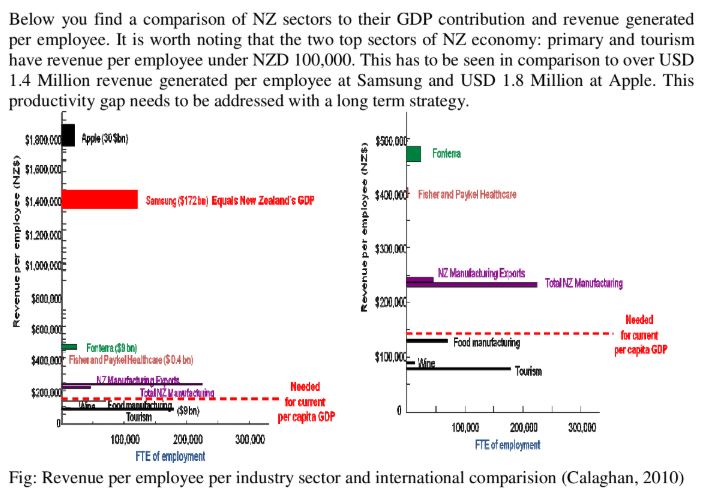
His excellent book Wool to Weta should be mandatory reading for any Kiwi.
Larry Keeley, co-founder of Doblin – 10 Types of Innovation
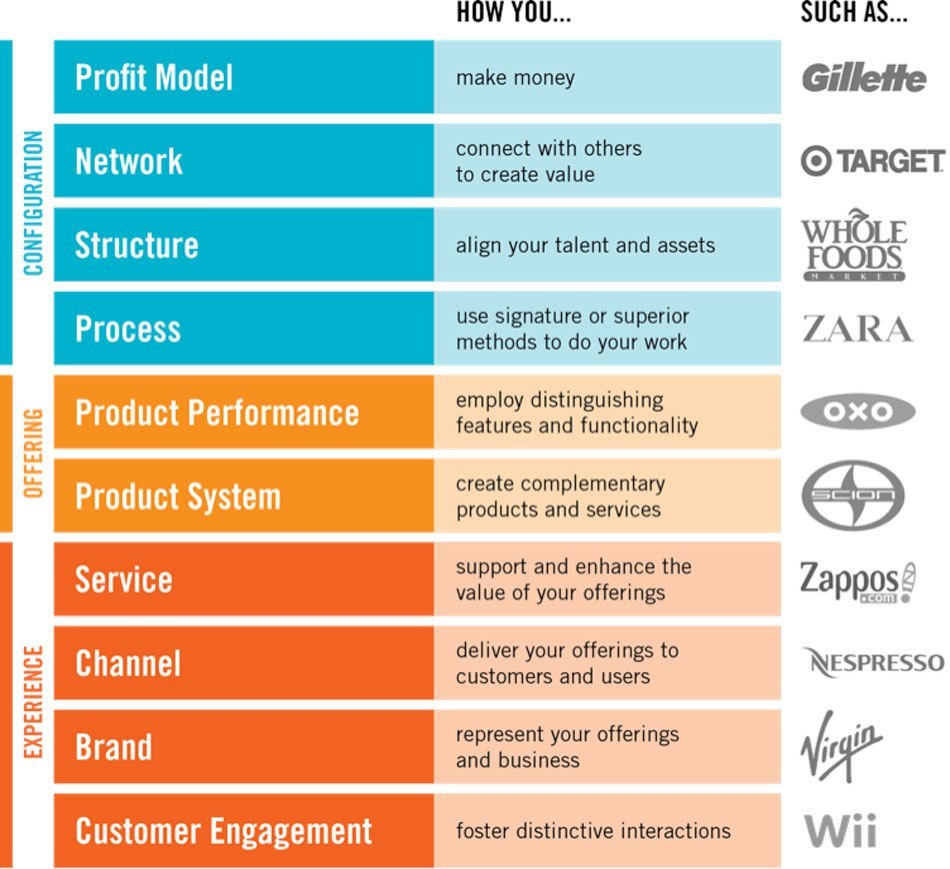
Peter Diamandis – X-Prize and Singularity University
The X-Prize in 2004 kicked off private space industry which culminated into SpaceX successfully delivering two astronauts to the International Space Station. Humans are competitive and a bit of healthy competition is pushing us forward. In the technology space hackathons, startup weekend, business planning competitions like Velocity are excellent tools on this innovation journey.
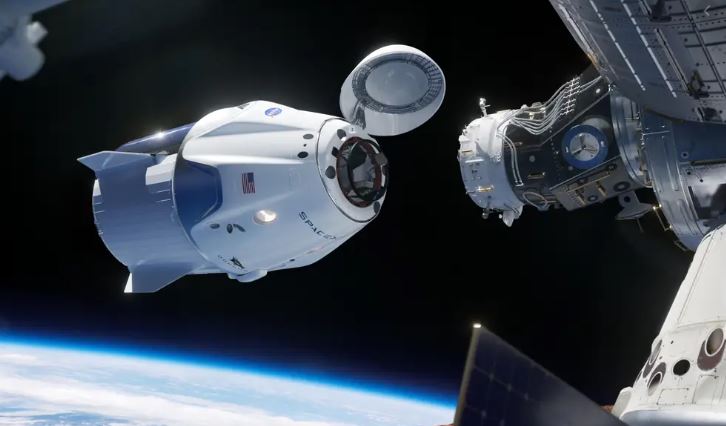
Henry Chesbrough – Open Innovation
Salim Ismail’s – exponential organisations (EXO)
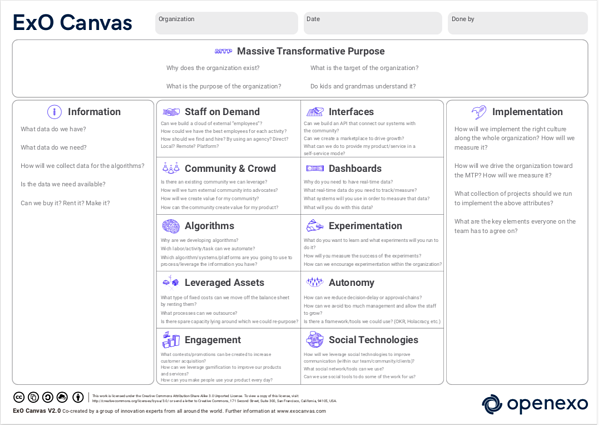
Check some of these excellent, thought provoking books out on Blinkist, an executive summary service for non-fictional books (no, I don’t get any kick backs from Blinkist. Its an excellent service to allow you to digest books in 10min or less. if you like the summary you may want to read the whole book or just move on…).

And here is a short list of organisations which were started in a crisis or adapted to a major crisis …
- Semco Partners in Brazil – check out the excellent book by Ricardo Semler called Maverick
Ricardo developed a new method to first cope and then thrive during a massive financial crisis in the 1990s. It says, “After dramatic restrictions on liquidity instituted by president Fernando Collor de Mello in 1990 to combat hyperinflation, the Brazilian economy went into a severe downturn, forcing many companies to declare bankruptcy. Workers at Semco agreed to wage cuts, providing their share of profits was increased to 39%, management salaries were cut by 40% and employees were given the right to approve every item of expenditure.”
- Haufe-Umantis, Switzerland
After the Global Financial Crisis in 2008, Hauf-Umantis was about to go bankrupt.
Then acting-CEO Hermann Arnold starts something radical. He decides to involve everyone in decision-making about the future of the organization. And he walks the talk. Arnold calls for an all-hands meeting of the 70 employees.”
“He explains the current crisis as best as he can. He proposes two options to survive: we lay off people, or we cut salaries (30% pay cut for managers, 15% for employees). Hermann asks the group to decide what to do, by raising their hands for option 1 or option 2. A majority (90-95%) opts for option 2—cutting salaries. So that’s exactly what they did.”
- German Mittelstand/ Small Medium Sized Enterprises
About 70 percent of German employees work at family-operated companies. Most of these firms are still family owned and managed by professional managers. Employees have representation on the board/ governance. Some of these firms, such as Adidas, Puma, Poco, Stadler, Wuerth are still experiencing growth despite the ongoing financial and economic crisis.
See excellent SME/ German Mittelstand overview by Bernd Venohr.
Here examples of United States Fortune 500 companies which were born in recession and major crisis:
- General Electric: 1890
Thomas Edison may have been a genius, but he certainly picked a tough time to launch his business, Edison General Electric in Schenectady, N.Y. Not only was the global economy in a recession as a result of the United Kingdom’s panic of 1890, but just three years later, the company — now called General Electric after it merged with the Thomson-Houston Company of Lynn, Mass. — faced a collapse of the U.S. economy and a run on the gold supply. The company survived, however, and, in 1896, earned a spot as one of the original 12 companies on the Dow Jones Industrial Average, where it remains today, some 113 years later.
- IBM: 1896
The U.S. economy was mired in a prolonged slump in 1896 when Herman Hollerith of Broome County, N.Y., founded the Tabulating Machine Company — which was later renamed International Business Machines by Thomas Watson, who took control of the company in 1924. Building on its core punch-card technology, Watson put the company on the fast track by focusing on landing large-scale custom projects with big business clients. Perhaps just as important, Watson also laid the cultural foundation for the company that has come to be known over the years as “Big Blue” — a name derived, at least in part, by Watson’s insistence on a dress code where his employees wore white dress shirts and blue suits.
- General Motors: 1908
William Durant and Charles Stewart Mott already owned a car company, Buick, when they founded General Motors in Flint, Mich., on September 16, 1908. While the U.S. financial system tried to pick itself up after another crash, one that precipitated the creation of the Federal Reserve System, General Motors went on a buying spree, acquiring brands like Oldsmobile, Cadillac, and the Reliance Truck Company, within just a year. The Chevrolet brand was eventually added in 1911, as Durant, who had been forced out of the company in 1910 by unhappy bankers, used his new company to buy back a controlling stake in GM. But the company really took off when Alfred P. Sloane took over in 1923 — leading it on an unprecedented growth curve that lasted well into the 1980s.
- Disney: 1923
Brothers Walt and Roy Disney founded their company Disney Brothers Cartoon Studio on October 16, 1923, and set up shop in their Uncle Robert’s garage in Los Angeles. Cutting their teeth on animated productions of Alice in Wonderland and Oswald the Lucky Rabbit, it wasn’t until the brothers reincorporated under the name Walt Disney Productions in 1929 — smack in the middle of the Great Depression — that the company truly found its identify. The turning point was the introduction of Mickey Mouse, who, after starring in the film Steamboat Willie, helped propel the company to new heights and ambitious new projects, like the production of Snow White and the Seven Dwarves in 1937, which became the highest grossing movie of its time.
-
Kellogg’s – 1929
Mirroring the Keynesian economic policies that would later be implemented by the Roosevelt administration, the cereal company doubled its advertising budget and re-invested in its workers shortly after the market crashed in late 1929. By 1933, Kellogg had increased its profits by 30% and distinguished itself as the country’s leading breakfast company.
Kellogg’s succeeded by going heavy into radio advertising, launching ads that featured its now-famous “Snap! Crackle! Pop!” slogan in 1932. The campaign helped catapult Rice Krispies into a breakfast staple, a position it holds to this day.
The company also innovated in its workforce. In order to create more jobs, the cereal manufacturer shifted to a 6-hour work day, giving workers a 12.5% raise in hourly wages while reducing working hours by 25%. Eighty-five percent of workers liked the 30-hour weekly schedule better, and worker productivity reached 40-hour levels within two years.
According to the Kellogg’s website, some of the newly created jobs went to workers who built a 10-acre park on the grounds of the company’s manufacturing plant in Battle Creek, Michigan. The company’s founder also created the W.K. Kellogg Foundation, which spent its early years working to improve public health in the Battle Creek area and building schools and outdoor camps in rural Michigan.
On the advertising front, Kellogg’s crisis strategy was successful because, at a time when other companies were making cuts, its increased advertising spend allowed its cereal brands to gain a greater share of consumer attention.
Meanwhile, the company’s decision to invest in its workforce and surrounding community developed a loyal, productive workforce that powered its success. These investments had the added benefit of good publicity, with founder W.K. Kellogg earning an invite to the White House to discuss the 6-hour workday with president Herbert Hoover.
- Burger King: 1953
Back in 1953, as the nation adjusted to the end of the Korean War, the focus was on controlling inflation. But, regardless of what the economy does, people must eat. And one thing Americans love is a good burger, something Jacksonville, Fla., residents Kieth J. Kramer and Matthew Burns hoped to capitalize on by selling franchises of their fast food restaurant — Insta-Burger King — which used something called an “insta-broiler” to cook meat faster and more cheaply than on a pan or grill. The company really took flight, though, when David Edgerton and James McLamore, two Miami-based franchisees, bought out the company and rebranded it Burger King in 1953.
- Microsoft: 1975
In 1975, the United States was mired in stagflation — the combination of rising unemployment and inflation combined with stagnant GDP — not to mention huge spikes in the price of gas resulting from OPEC’s decision to quadruple oil prices.
Sounds like a perfect time to start a company selling operating software to the nascent personal home computer market, right? Well, at least that’s what Bill Gates and Paul Allen thought when they founded Microsoft in Albuquerque, N.M., near the headquarters of their first client. The company moved to its new home in Bellevue, Wash., in January 1979, where, based on the phenomenal success of products like MS-DOS, Windows, and Microsoft Office, it began its march toward becoming arguably the most successful company of all time. The company now counts four billionaires and 12,000 millionaires among its current and former employees.
- CNN: 1980
When the Federal Reserve made the decision to aggressively raise interest rates to curb inflation, it caused a “double dip” recession — where a blip of growth is pancaked by two downturns. It was in the first of these valleys that, on Sunday June 1, 1980, at 5 p.m., media entrepreneur Ted Turner stepped in front of a camera to introduce viewers to his new channel, The Cable News Network, the first channel in the United States to provide 24-hour news coverage. Today, along with its sister network Headline News, which debuted in 1982 under the name CNN2, the CNN’s news programs can be seen on televisions across the globe.
- Apple: 2001
While Apple actually got its start in 1975, during another downturn, the Apple we know today largely came of age just a decade ago. By the middle of 2001, the dot-com bubble had burst – leaving a sour taste in the mouths of many when it came to anything involving newfangled technology. That didn’t stop Apple’s Steve Jobs from commissioning a team of engineers to whip up a prototype for a new personal music player, a gadget later dubbed the iPod — a name inspired by the movie “2001: A Space Odyssey.” Launched on October 23, 2001, after just one year of development, the five GB iPod allowed music lovers to put “one thousand songs in your pocket.” Not only did the iPod and its iTunes music platform become instant hits, it also paved the way for the iPhone and iPad, helping to reestablish Apple as one of the preeminent consumer product companies in the world.
-
Amazon
Amazon survived the dot-com bust with smart fundraising, a strong cash flow, and two lucrative new B2B products.
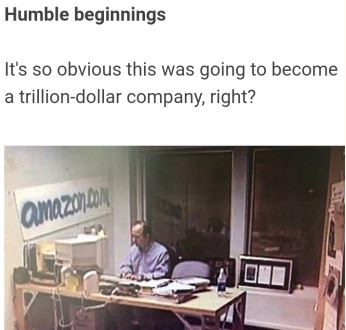
Amazon is one of the world’s largest publicly traded companies, but it only got to that point by surviving the dot-com bust. While the company didn’t go out of business like other internet retailers, including Pets.com and Webvan, Amazon did lose a whopping 90% of its stock value between late 1999 and late 2001.
One major reason that Amazon was able to hold on was that it had raised a large amount of money right before the market crashed, giving it the funding it needed to continue operations. In his book The Everything Store, business reporter Brad Stone wrote that Amazon may have even gone bankrupt had it not sold nearly $700M in convertible bonds to European investors investors in early 2020.
According to an analysis from Harvard Business School, Amazon’s post-bubble runway was further enhanced by a negative cash conversion cycle, which allowed the company to receive payment from customers before it had even finished paying the supplier it acquired the product from. The combination of this cash flow strategy and its existing investor capital allowed Amazon to continue gaining market share even with negative profits.
In the years that followed, Amazon expanded into new business operations that laid the groundwork for its astronomical growth. Essentially, the company realized that it could succeed in higher-margin business services on top of the thin margins in its consumer-facing retail business.
In late 2000, it unveiled Marketplace, a used book marketplace that ultimately evolved into a third-party sales platform for businesses to sell just about everything. That same year, the company took the first steps toward creating what would eventually become Amazon Web Services, a business that lets software developers rent out servers from Amazon data centers. In the Q4’19, AWS brought in just shy of $10B in revenues for the company.
Amazon may owe as much of its success to what it did before the crisis as it does to its actions during and after. By planning ahead and creating a financial cushion through fundraising and a quick cash conversion cycle, the company was able to continue moving forward, even as its stock crashed to under $10 a share.
By the time the dot-com crisis ended, Amazon had successfully outlasted other online retail competitors, and its innovative new B2B revenue streams helped grow the company into the e-commerce giant it is today.
If you have any comments or suggestions, please contact us.
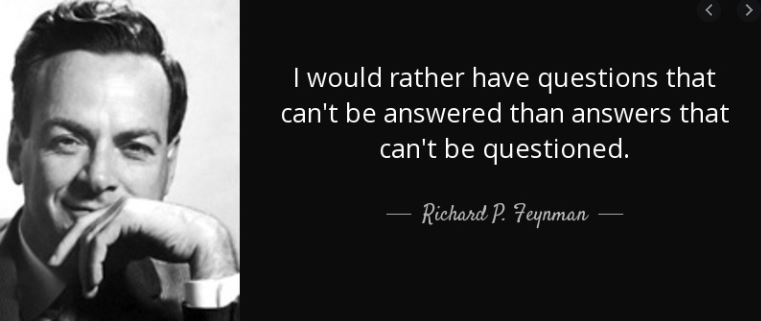
Sources: CBI (2020), Huffington Post (2010), AOL (10/10), Venohr (2011), Apple (1974), Feynman, WikiPedia and others.


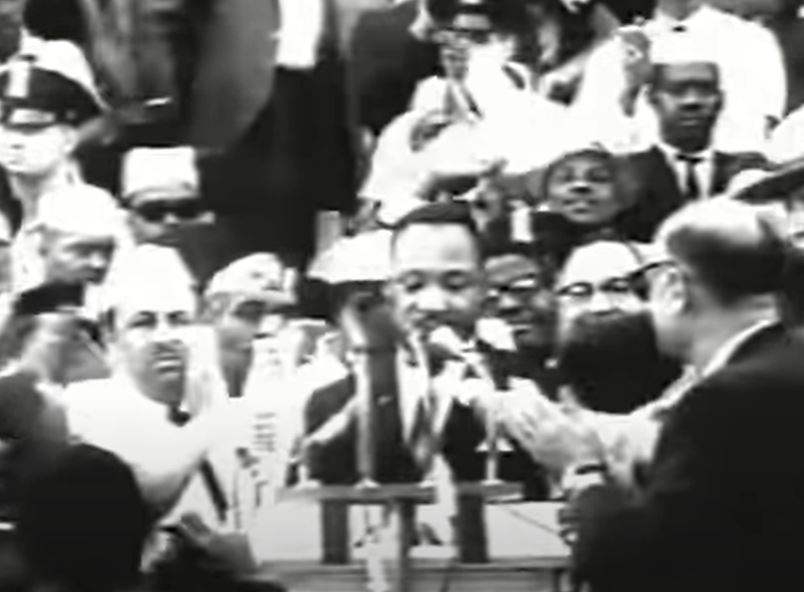








One thought on “Innovation in times of crisis”